|
"A drawing is simply a line going for a walk." Paul Klee (1879 - 1940) German-Swiss artist When I crouched down to take the photo of the butterfly I didn’t realize it was dead. It lay on the gravel in the sun. I thought it was basking. I found it on the path between the towns of Sansol and Viana, somewhere between the Ermita de la Virgen del Poyo and Eduardo’s. Eduardo’s: When you least expect it; the sound of the generator, and around the bend, a little caravan canteen. Lovely biscuits offered, ok coffee and a sit-down at a makeshift handcrafted table. The thing with the Camino Frances is that it is sociable. A nice café, a bathroom, a friendly host! Not the best trail for those seeking physical isolation. But this little butterfly is dead. One of the daily delights of the Camino in spring is the joyous lively presence of life of all kinds, butterflies and bugs and birds; flittering, tweeting, fluttering, scuttling, and walking along accompanied by these little creatures. Butterflies are an important image to have on my Painted Steps. I believe my butterfly, la mariposa, is a Black-veined White Butterfly, Aporia crataegi. I looked it up on the web, to find it’s name and get a closer look. I discovered the huge world of Butterfly identification; scientific, amateur, (in the French sense) children’s educational, eco tourism. I also learned that it is fantastically complex. There are butterflies that avoid being identified (and eaten) by disguising themselves as other less desirable butterflies. The web photos are helpful, as are the diagrams showing how butterflies are actually structured. The written descriptions point out features to observe, distinctions I probably wouldn’t have noticed, such as clubbed antennae. I chose to paint the butterfly now thinking it would be easy. Basically flat, an open book with a thick spine? Hum… I began painting the study preoccupied with figuring out the pattern of the veins, the structure of the individual panels. Then I struggled with trying to paint the translucent and fragile quality. I didn’t really understand the shadow. I didn’t understand that the wings were actually at an angle to each other. I thought the butterfly was flat. I couldn’t see it was an ariel view. I didn’t see that the lower wing set was flat to the ground and the upper one lifted off the ground. I went into painting it onto Painted Steps with some indecision, thinking maybe I would ‘fudge’ it! I made it to appear to be flying over Painted Steps. But actually this butterfly is dead. And needs to be on the ground. I’ve been mislead by the brown brushstroke of the ground. It sort of suggests a shadow, but it’s wrong. So it needs the shadow. The shadow will describe the earth. I get some feedback and advice from my partner. I might need to shift the tonal value of the bottom wing and also paint the clubbed antenna farther up on the head….Step back a bit ….what happens when the tonal shift helps lift that top fore-wing? The shadow will become readable when the object speaks more clearly. Plus I think I have being taking the name Black-veined White Butterfly too literally! Finding the ‘good enough’ place is difficult in this type of work. It’s never ending! In a way, it’s all failure …”walking, falling, and stopping oneself from falling…. I’m tired! Just in time, by chance, I found, literally on my doorstep, some encouragement. I was leaving work for the day when I found a paperback propped up on the outside stairs outside my studio. It turned out to be “My name is Red” by the Turkish writer Orhan Pamuk. “My name is Red” is a murder mystery set in Istanbul in 1591. Its main characters are a group of illustrators illuminators, working in the context of the illustrious tradition of Islamic Book Arts, and obsessed with art making: technically, materially, philosophically, spiritually, economically and politically. Perfect! Shop Talk. - life and death discussion around the concept of Realism in art. “Allah created this earthly realm so that, above all, it might be seen. Afterwards, He provides us with words so we might share and discuss with one another what we’ve seen. We mistakenly assumed that these stories arose out of words and that illustrations were painted in service of these stories. Quite to the contrary, painting is the act of seeking out Allah’s memories and seeing the world as He see the world.” from My Name is Red This is a kind of ‘Realism”. It’s from a point of view, a ‘POV’, that’s literally (mythological speaking) an aerial perspective. Myself, as a child, I grew up believing the idea of a painting as a window- a window anyone can look through and see a real world; logical, common-place and idiosyncratic. So, the Old Masters of Christian Renaissance, painted the real world, made real art. Even if with imaginary characters.) As I grew older, under the influence of LIFE magazine or in my case, National Geographic (both USA artifacts!), Photography became the arbiter of the real. Then we learned that a photo could lie- à la cold war Soviet Revisionism - with bleach and cotton-wool - the record of a person’s existence could be erased. The screen, internet, facts, news, SciFi, drama, stories as news, news as stories…. We still believe the picture as a window into the real world, ….we just don’t trust it. So let's say Painted Steps is not a picture or a painting. I‘ll call it a map, and go for a walk with a line. Buen Camino! adendum
"My Name Is Red"is a 1998 Turkish novel by Nobel Prize winner Orhan Pamuk. Pg. 96 “Take your pencil for a walk”…”Saul Greenberg from Butterflies of Europe Black-veined White Aporia crataegi LINNAEUS, 1758 Family - PIERIDAE subfamily - PIERINAE Tribe – PIERINI Black-veined White has a wingspan of 51 to 70 mm (2.0 to 2.8 in).[3][5] Females are commonly larger than males. The upper side of both forewings and hindwings is a translucent white boldly veined with black.[3] The underside is similar in the male but the female has brown veining. Moreover, the female loses most of her scales by rubbing her wings together, resulting almost-transparent.[4] Both sexes nectar at a wide variety of flowers including ox-eye daisies, scabious, thistles, clovers, vipers bugloss, self-heal, valerian, lavender and various vetches. This butterfly can be distinguished from other members of white butterflies of the genus Pieris by its distinctive veined wings.[3] FROM: Adrian Hoskins learnaboutbutterflies.com Butterflies are flying insects with two pairs of scaly wings and two segmented, clubbed antennae. Like all insects, they have a three-part body (head, thorax and abdomen), 3 pairs of jointed legs, compound eyes, and a segmented exoskeleton Abdomen - The abdomen is the segmented tail area of an insect that contains the heart, Malpighian tubules, reproductive organs, and most of the digestive system. Antenna - An antenna is a sensory appendage that is attached to the head of adult insects. Antennae are used for the sense of smell and balance. Butterflies have two antennae with clubs at the end. Compound Eye - Insect compound eyes are made up of many hexagonal lenses. Fore wing - The fore wings are the two upper wings. Head - The head is the part of the insect that contains the brain, two compound eyes, the proboscis, and the pharynx (the start of the digestive system). The two antennae are attached to the head. Hind wing - The hind wings are the two lower wings. Leg - All adult butterflies have six legs. The two forelegs of some butterfly species are tiny. Proboscis - Adult butterflies sip nectar and other liquids using a spiral, straw-like proboscis located on their head. Thorax - The thorax is the body section between the head and the abdomen. The legs and wings attach to the thorax.
0 Comments
Leave a Reply. |

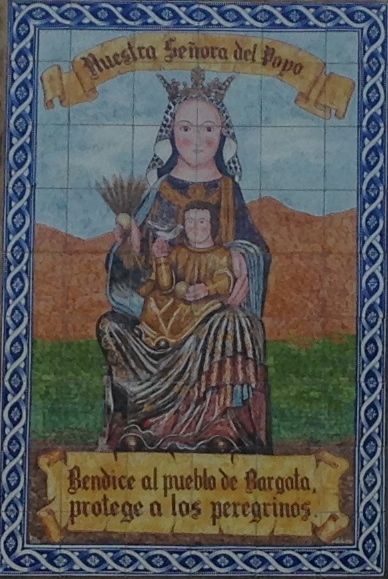
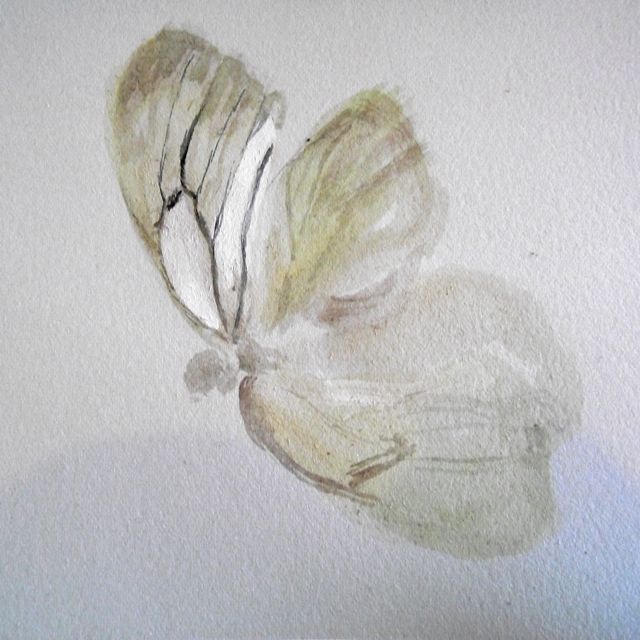



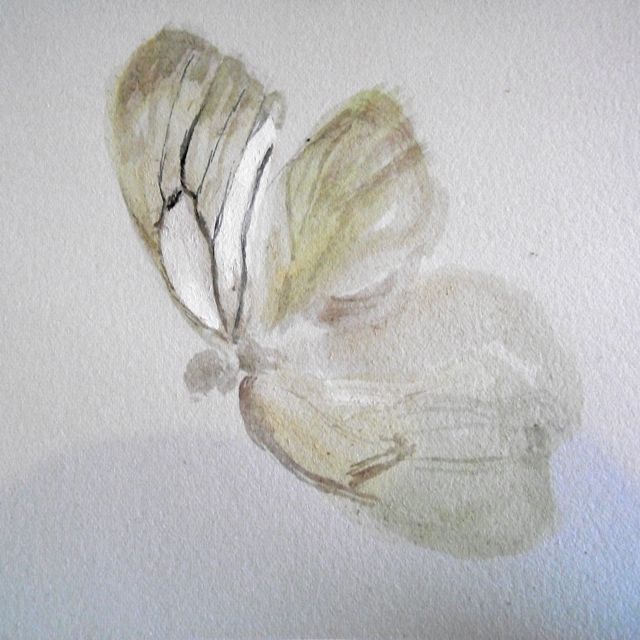

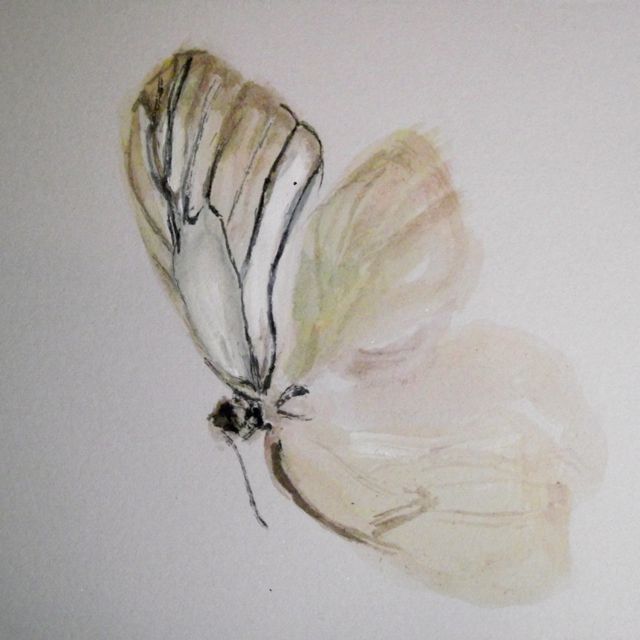


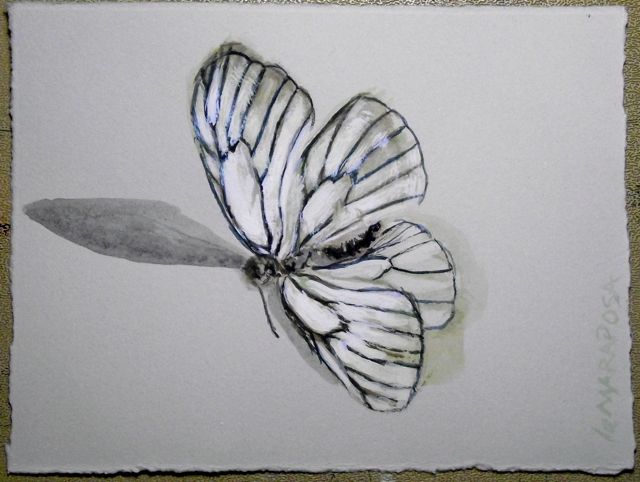


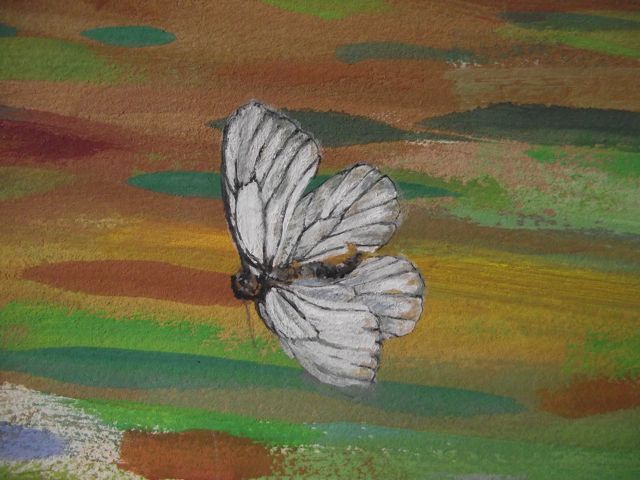
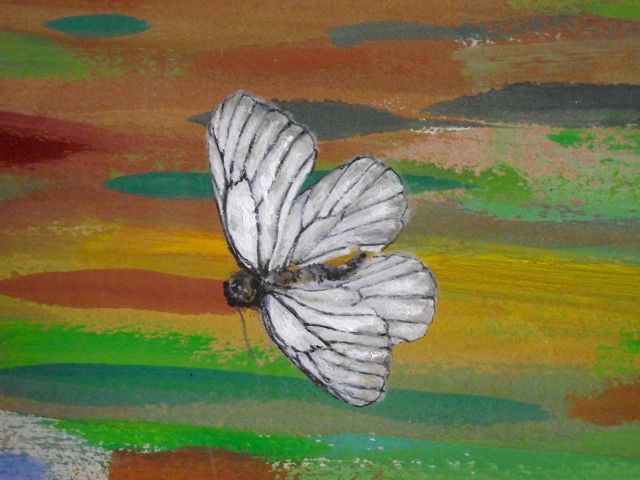
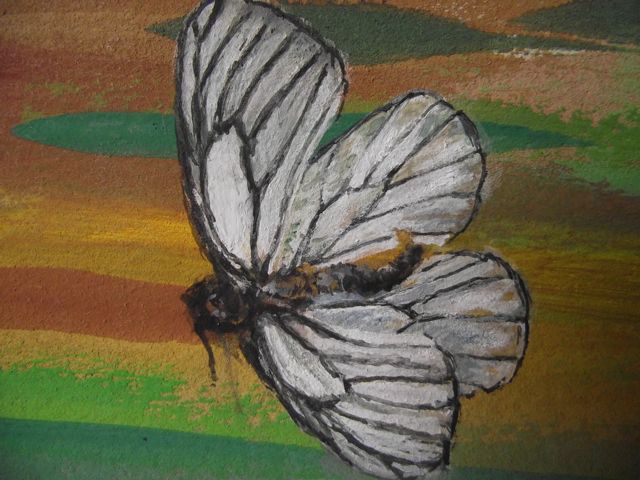
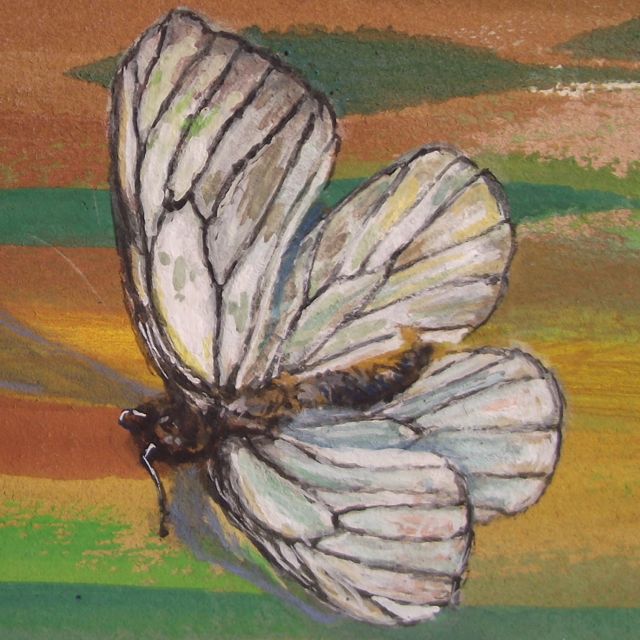


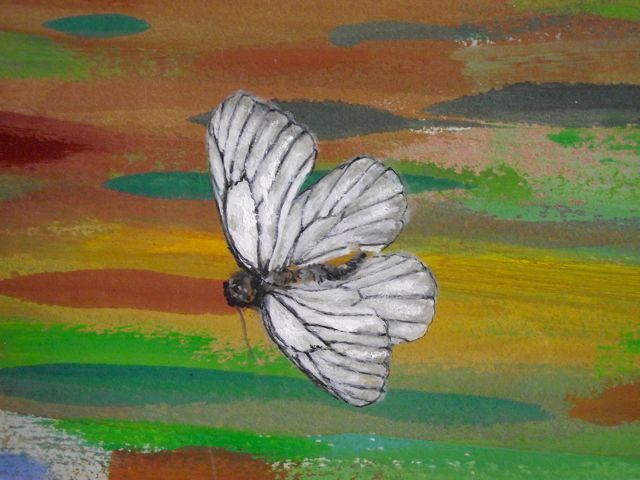


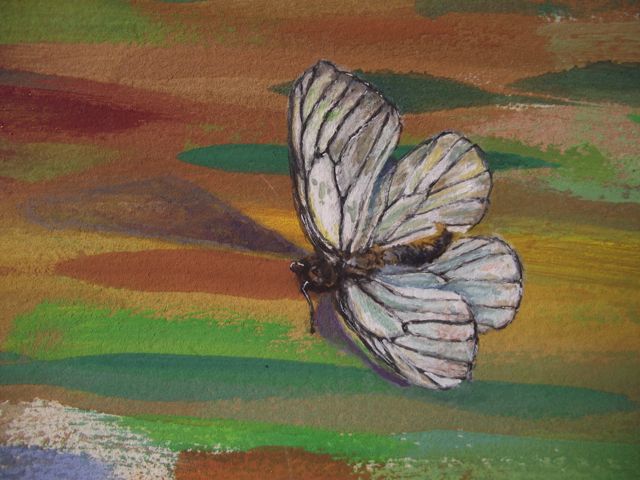
 RSS Feed
RSS Feed